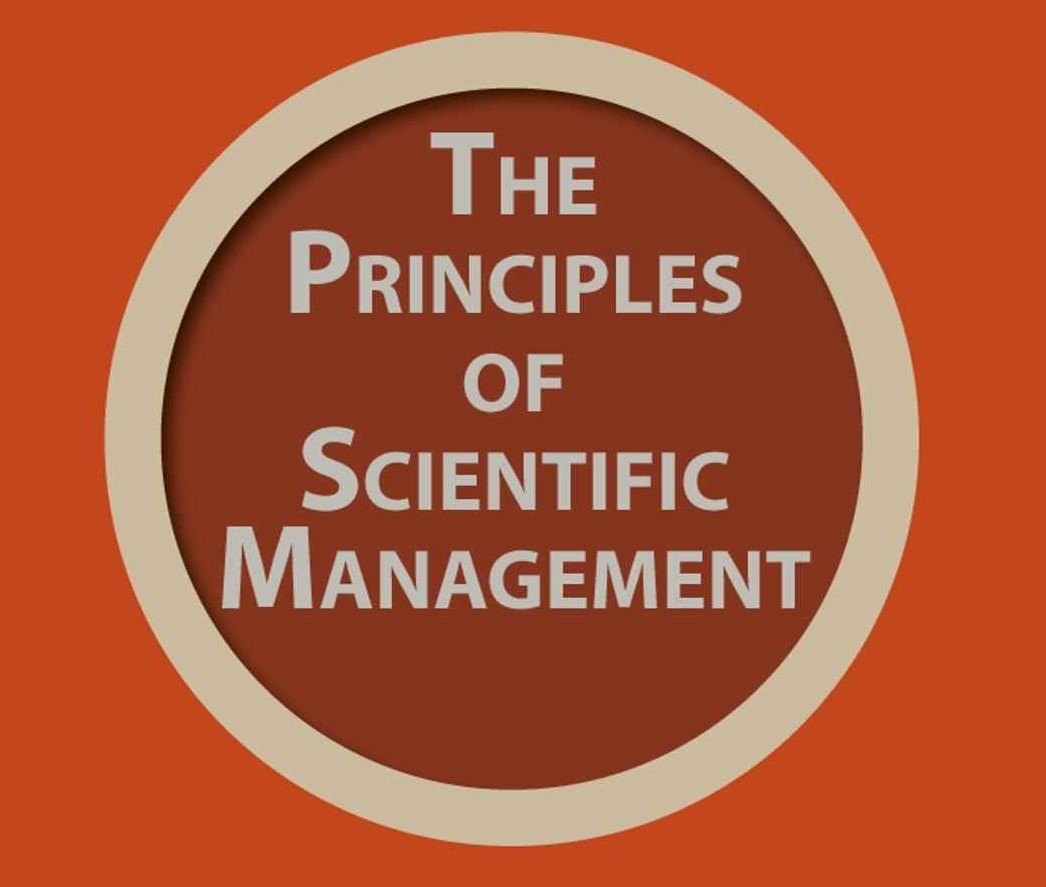09 Mayıs 2013 18576 0 BUSINESS ANALYSIS Fonksiyon360
Estimations
The techniques in this article are applicable to different situations and business areas and can be adapted to project management, business analysis management or general management areas. Project Managements and Business Analysts should be experts in certain methodologies and business areas, and should have the detailed knowledge in this document. Although there are practical and theoretical differences between these techniques, project managers and business analysts can benefit from these technicals for their expertises.
Objective
Estimation for Project Management is foreseeing time, resource and cost of the project during project life cycle. Estimation for Business Analyst is foreseeing time, resource and cost of the project during life cycle.
Definition
It is used for better understanding cost and efforts in certain periods related with any in enterprise. Estimation is made when certain time and costs cannot be determined; Estimation does not eliminate uncertainties, instead the aim of prediction is to evaluate cost and efforts at desired level.
When the information is low and uncertainty gap is high, it is hard to make estimations. As you get information the estimations should be evaluated again and updated according to performance values.
Estimation Techniques
1. Analogue Estimation
Estimation of an existing project can base on similar projects. If thee information is low, this method is used. Analogue estimation is generally known as order of magnitude or top-down estimation. This method is generally used in the beginning of project or project phase and as the information flows, it gets detailed.
2. Parametric Estimation
Parameters are used with hour products. If there is enough usable past data, parametric estimation is used. For example if a Business Analyst decided to realize 10 using scenario and if 20 hours is spend for every scenario in the past, using this technique Business Analyst will state that 10 x 20 hours, total of 200 hours is required.
There are many well-defined software for parametric estimation such as COCOMO II, Function Point Counting, Use Case Points, and Story Points.
3. Bottom-Up Estimation
In this technique business analyst collect all the estimates of deliveries, tasks, reports, activities, duties and estimation of related shareholder and finds the total of activities and duties. Estimating small scaled element is generally easy therefore bottom-up estimation can produce mıst accurate and defendable predictions.
4. Rolling Wave
This estimation method include correction. It provides similar estimations for details for repetitive activities and whole scope of the job. Due to ending of repetitive estimations, estimation for the next repetition can ve made and first estimation for all the activities can be refined.
5. Three-point Estimation
- most optimistic estimation or best scenario
- most pessimistic estimation or worst scenario
- big probability estimation
Big probability estimation, best and worst scenario cannot be average. This situation requires information in-depth. Under right circumstances, best scenario can be big probability. an average for three estimation is used. Sometimes for average the sum is divided into six and best and worst scenarios are taken twice each.
6. Historic Analysis
Estimation is history based. For up to bottom estimation it used for detailed tasks. Historical estimation should be preserves in project storage or in personal project documents
7. Expert Judgement
This is based on expertise of the person who did the task in the past. These experts can be included or excluded to the project team or organization
8. Delphi Estimation
In this technique expert view is used with historical analysis. In this process there is different variations, but all of them includes individual estimations with sharing estimation with experts.
Strengths and Weaknesses
1 Advantages
It helps obtaining better results for project shareholders and improving inputs and outputs of the project.
2. Disadvantages
Project shareholders hopes to meet time and cost estimations and makes undertakings accordingly.
A project can be rejected due to high estimation or it can be perceived that undertakings are represented false. In Project Management estimations are changed consciously or unconsciously to fit the effective shareholders desires.










